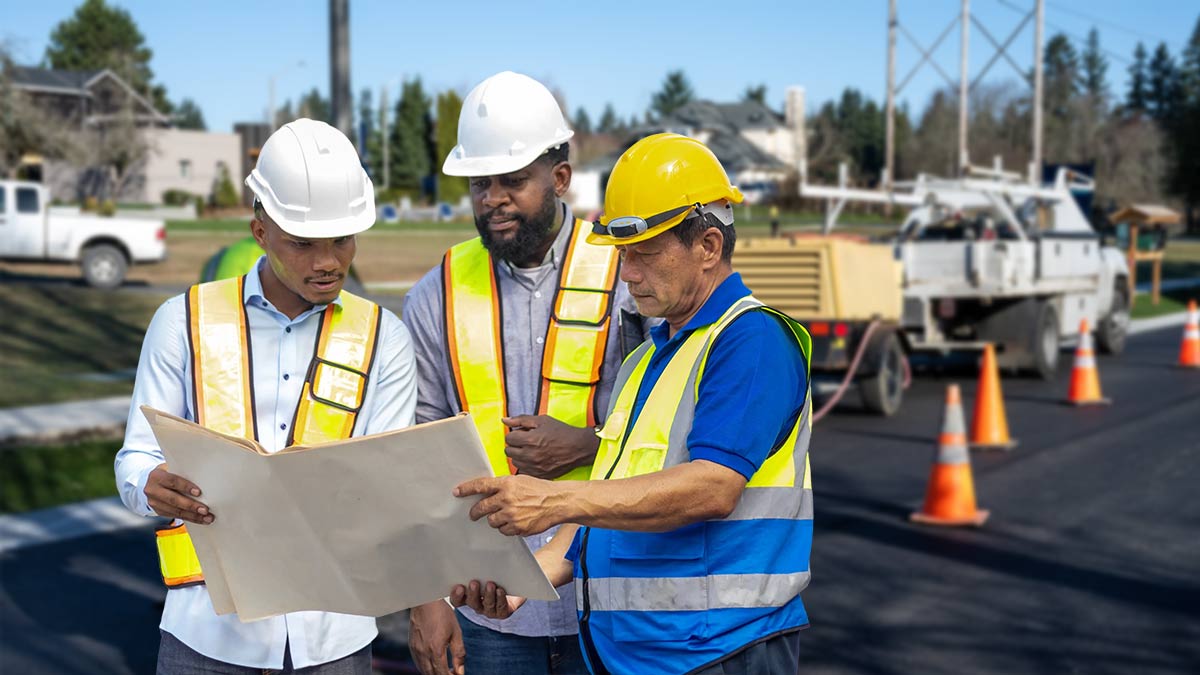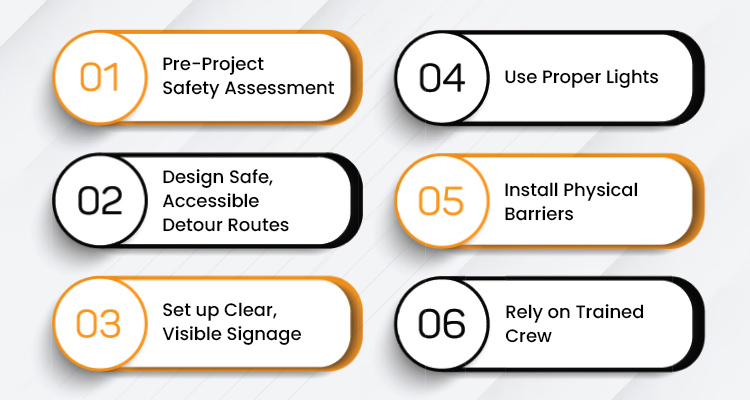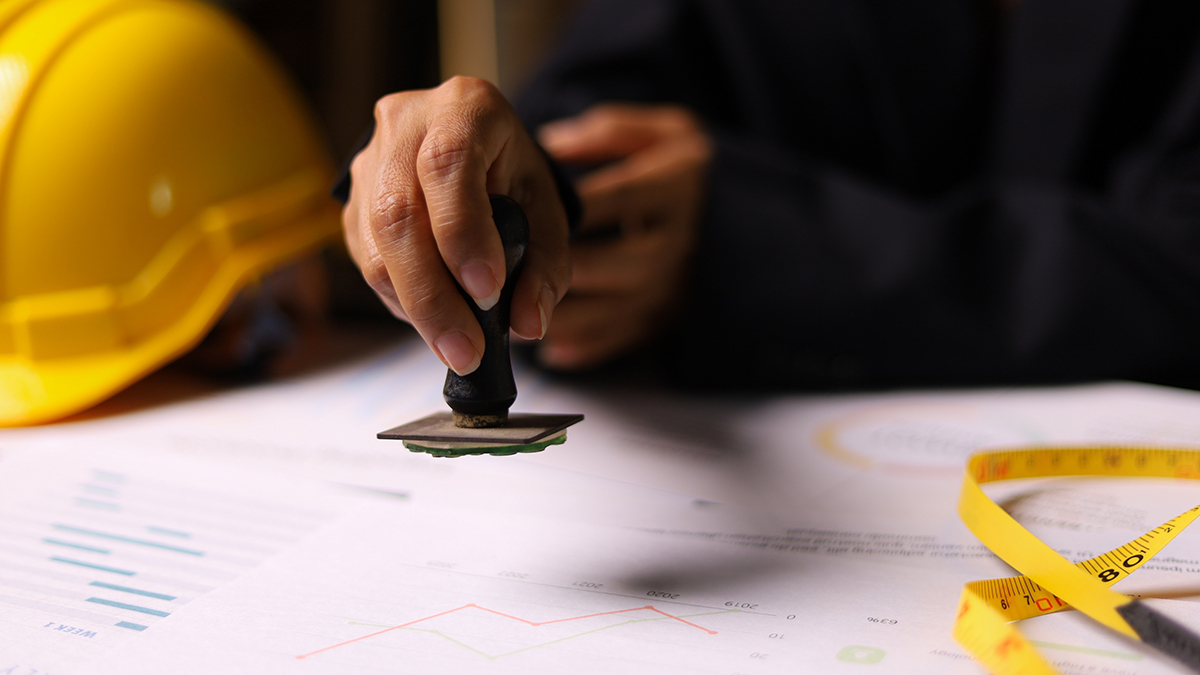

How to Keep Pedestrians Safe During Construction Projects
Planning a construction project? Wait—have you thought about how it will affect pedestrian movement and safety? Every day, plenty of people walk near construction zones, whether they’re commuting, shopping, or simply passing by. Even a small oversight during the work can put them at risk. That’s why you must plan ahead and take the important steps to keep pedestrians safe throughout the project.
However, before you plan safety measures, it’s important to understand the risks pedestrians face around construction zones.
Risks Associated with Pedestrians' Movement Around Construction Zones

- During construction, sidewalks may become damaged, blocked, or uneven, making it difficult and even unsafe for pedestrians to walk on.
- If there are no proper warning signs in place, pedestrians may unknowingly enter unsafe areas or get confused about where to walk.
- Construction barriers, equipment, or materials can obstruct pedestrians' view of the surrounding area. And this leads to the risk of accidents with moving vehicles, machines, or heavy equipment.
- If there’s no proper lighting, especially at night, the chances of accidents are higher.
- Temporary routes created for pedestrians may not be entirely safe or clearly marked. They may also not be accessible to people who use wheelchairs or strollers for commuting.
- Loud construction noise makes it difficult to hear nearby traffic or warning signals, increasing the risk of accidents.
- Pedestrians are sometimes compelled to share narrow paths with other road users, leading to collisions or crowding.
Practical Steps to Ensure Pedestrian Safety Near Construction Sites

Now that we have outlined the risks, let’s look at what can be done to keep pedestrians safe. A good pedestrian safety plan should not be complicated. It should be intentional, proactive, and consistently followed.
So, here’s a step-by-step approach:
Pre-Project Safety Assessment
Before your work begins, it’s necessary to assess how your construction site will affect pedestrian movement. This includes identifying the following things:- Where do pedestrians usually walk?
- Are there nearby crossings, entrances, or high-traffic foot zones?
- How does your construction project disrupt normal walking routes?
Design Safe, Accessible Detour Routes
Do you need to close sidewalks or pathways? If so, provide clearly marked, safe routes. But safety is not just about avoiding danger. It’s about making sure everyone can use these routes comfortably, including people with wheelchairs, strollers, or other mobility aids.So when planning these detours, here are some key questions to figure out:
- Are the new detour routes wide enough and stable for all users?
- Are the surfaces even and free of obstacles that could cause trips or falls?
- Is the path clearly marked with clear signage so everyone can easily find and follow the detour?
- Are the routes accessible at all times?
- Have you considered the needs of people with disabilities, strollers, and elderly pedestrians?
Set up Clear, Visible Signage
You must set up clear, visible signs near your work zone to avoid confusion and keep people aware of safety hazards. Make sure the signs are placed at eye level and positioned well before the construction area begins. Also, inform the pedestrians early enough so they can make safe decisions about where to walk.What’s more important than clear signage? Adding directional arrows and messages like Pedestrian Detour Ahead or Sidewalk Closed—Use Other Side. These crucial details go a long way in preventing confusion and accidents.
Use Proper Lights
No matter how visible the sign is, it’s not enough if the area around it has no proper lighting. And this is especially true during evening, night, or early morning hours. Therefore, make sure to maintain proper lighting by using portable lights or LED floodlights. These lights not only help pedestrians see where they are going but also allow drivers and workers to notice them from a distance.Install Physical Barriers
Want to keep pedestrians away from active work zones? Physical barriers are one of the most effective ways to achieve this. They create a clear boundary between construction areas and walking paths, which means pedestrians will not enter or move around the worksite. This reduces the chances of accidents. However, make sure to use barriers that are tall enough to be noticed so everyone can see what’s ahead.Rely on Trained Crew
Hire a trained crew when planning construction work. They are experienced enough to guide people safely around the construction area, provide clear safety plans, manage busy crossings, and make sure no one enters restricted zones. On top of that? They provide reassurance to pedestrians, making them feel safe and comfortable while passing by.If you want such support from trained professionals, construction support services is here to provide expert crews and tailored safety solutions for your site, keeping both pedestrians and workers safe throughout the project. Whether it’s managing busy crossings, installing clear signs, or setting up new detours, construction support services have you covered every step of the way. Just give us a call, tell us your project requirements, and based on that, we’ll provide clear safety management plans and help implement them the right way.


